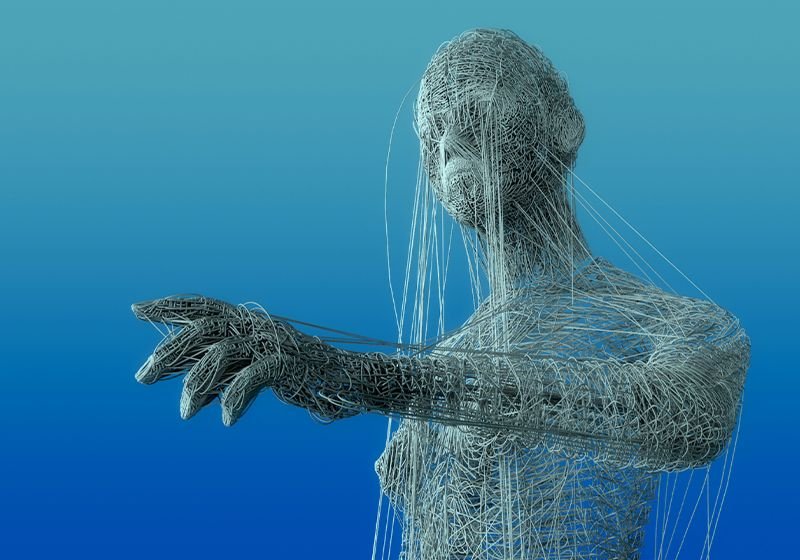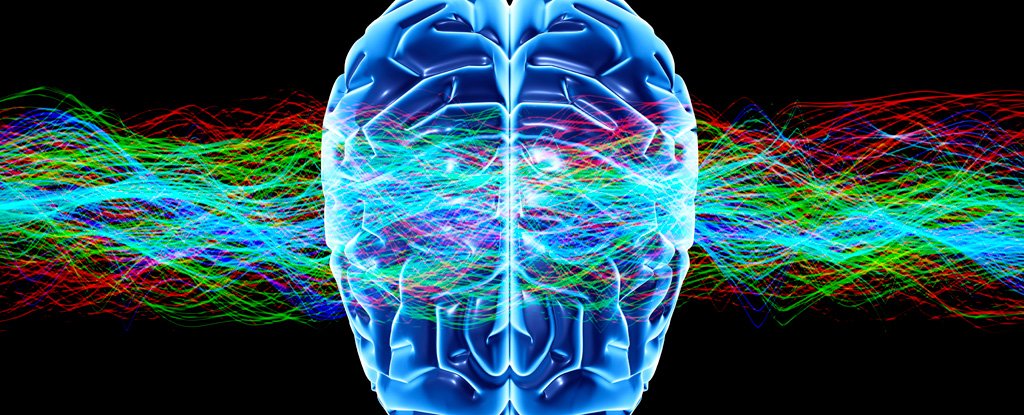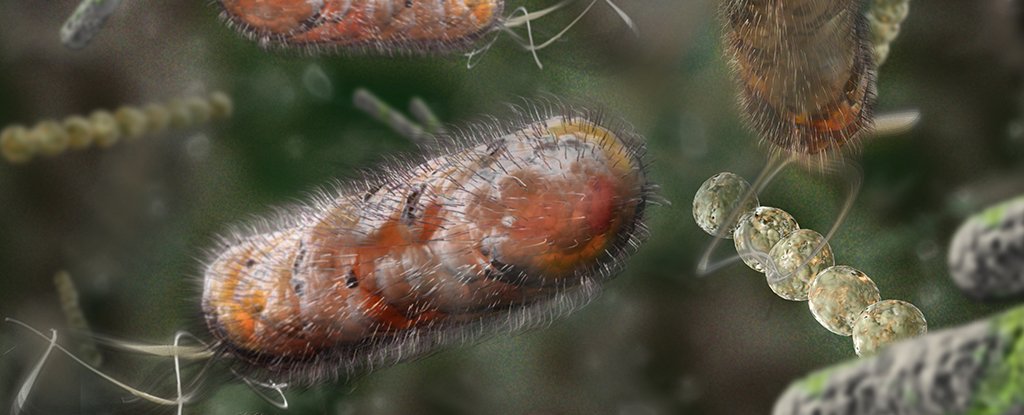Ancient humans had clogged arteries thousands of years before smoking, cinnamon buns, caramel macchiatos, and couch potatoes were in style.1,2 Take for instance Ötzi the Iceman, who died over 5000 years ago at around age 45 with an arrowhead lodged in his shoulder.3 CT scans of his mummified body showed that he had atherosclerotic plaques, which precede cardiovascular disease, in his arteries.4 Had he not been killed, perhaps Ötzi would have eventually died of a heart attack or stroke. But what were the chances?
The genetic predisposition to atherosclerotic cardiovascular disease (ASCVD) constitutes half of the known risk. Specific genetic variations, known as single nucleotide polymorphisms (SNP), carried by many people, increase the risk of ASCVD in modern humans. Finding out whether these variations existed in ancient humans and the extent to which they increased the risk for ASCVD can shed light on the evolution of ASCVD and its genetic risk factors.5
Christina Wurst is a PhD candidate at the Institute for Mummy Studies at Eurac Research.
Eurac Research

About 80 km (about 50 miles) from the Austrian-Italian Alps where Ötzi’s glacierized body was discovered in 1991, a team of researchers from Eurac Research recently examined the DNA of ancient humans who lived during different time periods and geographic regions to determine their genetic risk profiles for ASCVD.6 One of these was Ötzi the Iceman. “We created a tool to analyze our past and better understand the interactions between genetics and the environment,” said Christina Wurst, a paleogeneticist at the Institute for Mummy Studies at Eurac Research who led the work for this study.
Wurst and her colleagues used next generation sequencing and bioinformatics to calculate the cardiovascular polygenic risk scores (PRS)—an estimate of the genetic risk for developing ASCVD based on the cumulative impact of various SNP—for these mummies. Overall, they used 87 SNP across 56 genes to calculate PRS, which they compared to scores from a modern database of individuals. Ötzi was one of two mummies whose remarkably high ASCVD PRS correlated with CT scans that showed atherosclerotic plaques.

Frank Maixner is a microbiologist and coordinator at the Institute for Mummy Studies at Eurac Research.
Eurac Research
“We started with twenty-two mummies initially and realized that for some mummies it’s very difficult to get data,” said Frank Maixner, coauthor and coordinator of the Institute for Mummy Studies at Eurac Research. Of these 22 individuals, Maixner’s team extracted sufficient DNA from five individuals, one of which was Ötzi’s glacierized body. The remaining 17 of these individuals were mummified ancient Egyptians, where DNA preservation is poorer because of the hot climate. “For the future, we need to invest more into methodology to extract information from these [mummies], and we may have to accept that some just don’t have this information anymore. This kind of broad screening allowed us to show that currently some [mummies] are suitable for this and others are not,” Maixner said.
Despite the small sample size, Maixner’s team believes that PRS is a useful tool for assessing and comparing the genetic risk of ASCVD for ancient versus modern humans, and it may serve as a good proxy for determining the prevalence of ASCVD.
Paleogeneticists study human mummy DNA to understand whether ancient humans, who lived in vastly different conditions, had genetic risk factors for ASCVD similar to modern humans.
Eurac Research/Ivo Corrà
Sébastien Soubeyrand, an atherogenomics researcher at the University of Ottawa Heart Institute who was not involved in this study, described the work as interesting from the perspective of understanding ASCVD in ancient humans. Since these alleles have been around for more than 5000 years, they may in fact have some evolutionary advantage. “Common [gene] variants have subtle roles across the genome, affecting multiple pathways. It’s tricky because something bad for coronary disease might be good for another disease,” Soubeyrand said. For example, regulatory regions in the genome that affect pathways involved in lipid handling and inflammation may ultimately have positive or negative affects depending on the context.
As scientists continue to tease apart the intricacies of genetic and environmental ASCVD risks, ancient humans remain an important piece of the puzzle. “Within the last few years, there have been a lot of improvements in bioinformatics techniques but also in sequencing technology. It’s becoming easier to fit all the puzzle pieces together,” Wurst said. For scientists studying Ötzi the Iceman, the journey towards understanding is millennia old, making Ötzi’s ancient arteries just the tip of the iceberg.
References
- Thompson RC, et al. Atherosclerosis across 4000 years of human history: the Horus study of four ancient populations. Lancet. 2013;381(9873):1211-1222.
- Kim MJ, et al. Anatomical confirmation of computed tomography-based diagnosis of the atherosclerosis discovered in 17th century Korean mummy. PLoS One. 2015;10(3):e0119474.
- Nerlich AG, et al. Der Mann aus dem Eis: Lebensszenario und Pathologische Befunde aus 30 Jahren Forschung an der Gletschermumie „Ötzi“ [The Iceman : Life scenarios and pathological findings from 30 years of research on the glacier mummy “Ötzi”]. Pathologe. 2021;42(5):530-539.
- Thompson RC, et al. Computed tomographic evidence of atherosclerosis in the mummified remains of humans from around the world. Glob Heart. 2014;9(2):187-196.
- Zink A, et al. Genomic correlates of atherosclerosis in ancient humans. Glob Heart. 2014;9(2):203-209.
- Wurst C, et al. Genetic predisposition of atherosclerotic cardiovascular disease in ancient human remains. Ann Glob Health. 2024;90(1):6.











